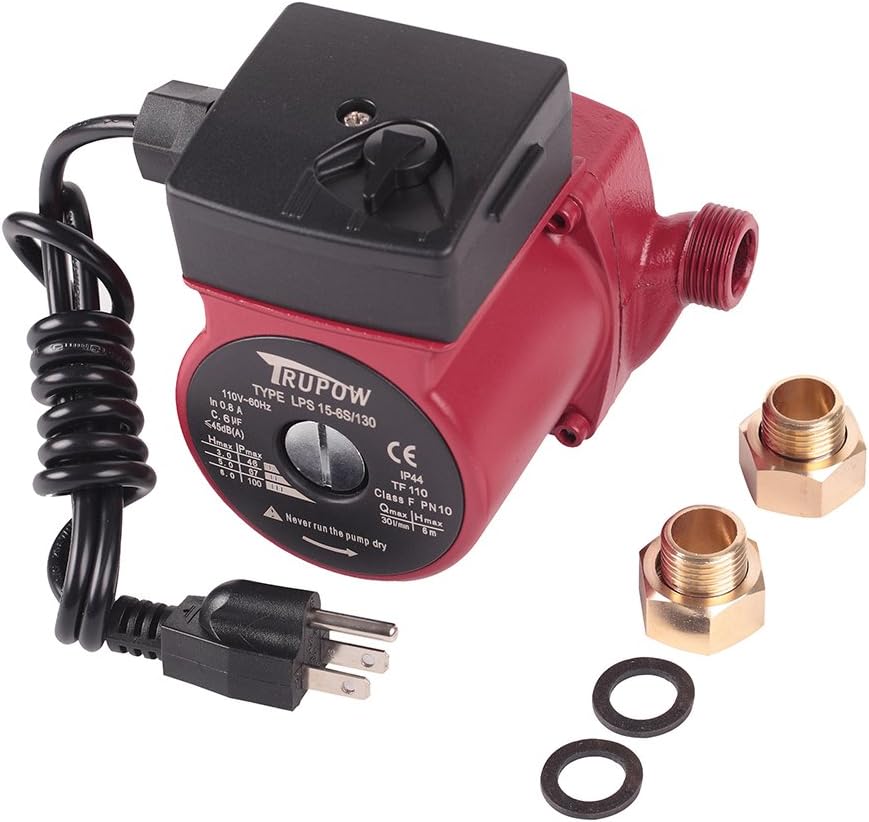









Understanding Circulation Pumps: The Heart of Fluid Movement
In the world of plumbing and HVAC systems, circulation pumps play a crucial role. Have you ever wondered what keeps hot water flowing through your home’s heating system or how certain appliances maintain their efficiency? The answer often lies in the unassuming yet essential circulation pump. This article will explore what a circulation pump is, how it works, its various applications, and why having a reliable one is vital for your home or business.
What is a Circulation Pump?
A circulation pump is a mechanical device that moves fluids—such as water or other liquids—through a system. Think of it as the heart of a plumbing system, tirelessly pumping fluids to ensure they reach their destination. Unlike a standard water pump that might draw water from a source, a circulation pump continuously moves already-available fluid within the system, maintaining consistent flow and pressure.
How Do Circulation Pumps Work?
At its core, a circulation pump operates on the principle of creating a pressure differential. When activated, the pump impeller spins, generating a centrifugal force that pushes the fluid outwards. This action creates a low-pressure zone at the pump’s inlet, allowing more fluid to flow in. The result? A continuous loop of fluid flow!
Imagine a merry-go-round at a playground. As one child spins it faster, more children can jump on and off without breaking the momentum. Similarly, a circulation pump maintains a steady flow, ensuring that the system operates efficiently without interruptions.
Types of Circulation Pumps
Not all circulation pumps are created equal. Depending on your needs, you may encounter several types:
1. **Single-Speed Pumps:** These pumps operate at a fixed speed. While simple and cost-effective, they may not be the most efficient choice for all systems.
2. **Variable-Speed Pumps:** More advanced, these pumps can adjust their speed based on the demand for flow. They’re energy efficient and can significantly reduce operational costs.
3. **Magnetic Drive Pumps:** Known for their reliability, these pumps use magnets to turn the impeller, minimizing wear and tear and preventing leaks.
4. **Inline Pumps:** Ideal for heating systems, these pumps are installed directly into the piping, making them space-efficient.
Choosing the right type is crucial for maximizing efficiency and ensuring your system runs smoothly.
Why Are Circulation Pumps Important?
You might be asking yourself, “Why should I care about a circulation pump?” Here’s why:
– **Energy Efficiency:** Modern circulation pumps, especially those with variable speed, are designed to consume less energy. By adjusting to the system’s demands, they can save you money on utility bills.
– **Comfort:** In heating systems, a well-functioning circulation pump ensures uniform distribution of heat. No one wants to sit in a cold spot while the rest of the room is toasty warm!
– **Longevity of Equipment:** A good circulation pump reduces strain on your heating and cooling systems, prolonging their lifespan. Think of it as preventative maintenance.
– **Versatility:** From residential heating systems to industrial applications, circulation pumps are adaptable. Their ability to handle various fluids makes them invaluable across different sectors.
Signs Your Circulation Pump Needs Attention
How do you know when your circulation pump is struggling? Here are some telltale signs:
– **Inconsistent Temperature:** Are some rooms warmer than others? This could indicate a circulation issue.
– **Noisy Operation:** If your pump sounds like it’s working overtime—grinding, rattling, or whining—it might be time for a check-up.
– **Increased Energy Bills:** A sudden spike in your utility bills can signal inefficiency in your pump.
– **Leaks:** Any visible leaks around your pump or piping should be addressed immediately to prevent further damage.
Maintenance Tips for Your Circulation Pump
Maintaining your circulation pump doesn’t have to be complicated. Here are some simple tips to ensure its longevity:
1. **Regular Inspections:** Check for leaks, noise, and overall performance at least once a year.
2. **Clean Filters:** If your pump has filters, make sure to clean or replace them regularly to prevent clogs.
3. **Check Valves and Seals:** Ensure that all seals are intact and that valves are functioning properly to maintain pressure.
4. **Professional Servicing:** Don’t hesitate to call a professional for a thorough inspection and servicing.
By taking these proactive steps, you can avoid costly repairs down the line.
Conclusion
Circulation pumps may not be the most glamorous component of your home or business, but they are undeniably vital. From ensuring comfort to enhancing energy efficiency, these pumps keep the wheels of your plumbing and HVAC systems turning. Understanding their function, recognizing signs of trouble, and maintaining them properly will go a long way in maximizing their performance. So, the next time you feel warm air circulating through your home or hot water flowing from your tap, take a moment to appreciate the hard work of your circulation pump!
FAQs
1. How often should I maintain my circulation pump?
It’s advisable to inspect your circulation pump at least once a year. Regular maintenance ensures optimal performance and longevity.
2. Can I replace my circulation pump myself?
While some homeowners may feel comfortable tackling the replacement, it’s often best to hire a professional. They can ensure proper installation and avoid potential mishaps.
3. What should I do if my circulation pump is making noise?
If your pump is noisy, it could indicate an issue. First, check for any visible problems like leaks or loose connections. If the noise persists, consult a professional for a thorough inspection.
